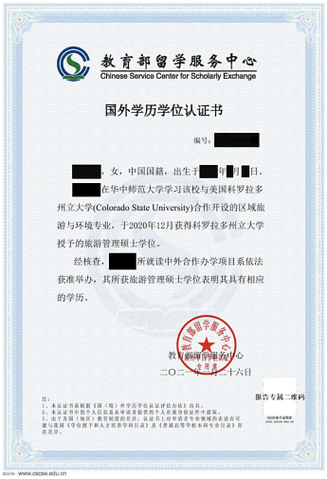英语作文中国美食文化周活动80字
Exploring the Rich Flavors of Chinese Cuisine

Introduction:
Chinese cuisine, renowned for its diversity and exquisite flavors, has gained global recognition. This essay will delve into the vibrant world of Chinese food, exploring its regional variations, popular dishes, and the cultural significance attached to them.
1. The Diversity of Chinese Cuisine:
Chinese cuisine consists of eight main regional cuisines: Sichuan, Cantonese, Shandong, Jiangsu, Zhejiang, Fujian, Hunan, and Anhui. Each cuisine boasts unique flavors, cooking techniques, and local ingredients. For example:
Sichuan cuisine is known for its spicy and bold flavors, with iconic dishes like Mapo Tofu and Kung Pao Chicken.
Cantonese cuisine focuses on fresh ingredients, light sauces, and delicate flavors. Dim Sum and Roast Duck are popular examples.
Shandong cuisine emphasizes seafood and a combination of salty and sweet flavors, with famous dishes like Sweet and Sour Fish and Braised Sea Cucumber.
2. Popular Chinese Dishes:
a) Dumplings (Jiaozi): These are a staple in Chinese cuisine and are often enjoyed during the Chinese New Year. Filled with various ingredients like pork, shrimp, or vegetables, dumplings are either steamed or fried and served with dipping sauces.
b) Peking Duck: Originating from Beijing, this iconic dish is known for its crispy skin and tender meat. It is usually wrapped in thin pancakes along with scallions, cucumbers, and hoisin sauce.
c) Hot Pot (Huǒ Guō): A social dining experience, hot pot involves boiling a variety of raw ingredients, such as meat, seafood, vegetables, and tofu in a flavorful broth. It is a flavorful and interactive way of enjoying a meal with friends or family.
3. Cultural Significance:
a) YinYang Philosophy: Chinese cuisine focuses on the balance of flavors, textures, and colors, reflecting the YinYang philosophy. This philosophy emphasizes the harmonious combination of contrasting elements, such as sweet and sour or spicy and mild, to achieve a wellrounded meal.
b) The Importance of Food in Festivals: Chinese festivals like the Spring Festival and MidAutumn Festival are often celebrated with feasts. These meals not only bring families together but also carry cultural symbolism. For example, fish symbolizes abundance and prosperity, while rice cakes represent a wish for a higher income.
c) Dining Etiquette: Chinese dining etiquette is deeply rooted in tradition. Examples include using chopsticks to pick up food, serving others before oneself, and showing respect to elders by allowing them to choose food first.
4. Promoting Chinese Cuisine:
a) Culinary Tourism: Chinese cuisine can be a powerful vehicle for promoting tourism. Encouraging visitors to explore regional cuisines and local specialties can enhance their overall travel experience.
b) Culinary Exchanges: Collaboration between Chinese and foreign chefs can facilitate cultural understanding and promote Chinese food globally. Culinary exchanges can involve sharing recipes, techniques, and hosting cultural events showcasing Chinese cuisine.
c) Education and Awareness: By including Chinese cuisine in international culinary curricula and promoting awareness through food festivals, conferences, and documentaries, more people can appreciate and understand the richness of Chinese cuisine.
Conclusion:
Chinese cuisine's rich flavors, regional diversity, and cultural significance form a tapestry that intrigues food lovers worldwide. Exploring the vast array of Chinese dishes, understanding their cultural significance, and actively promoting Chinese cuisine can help preserve and promote this gastronomic heritage for generations to come.









